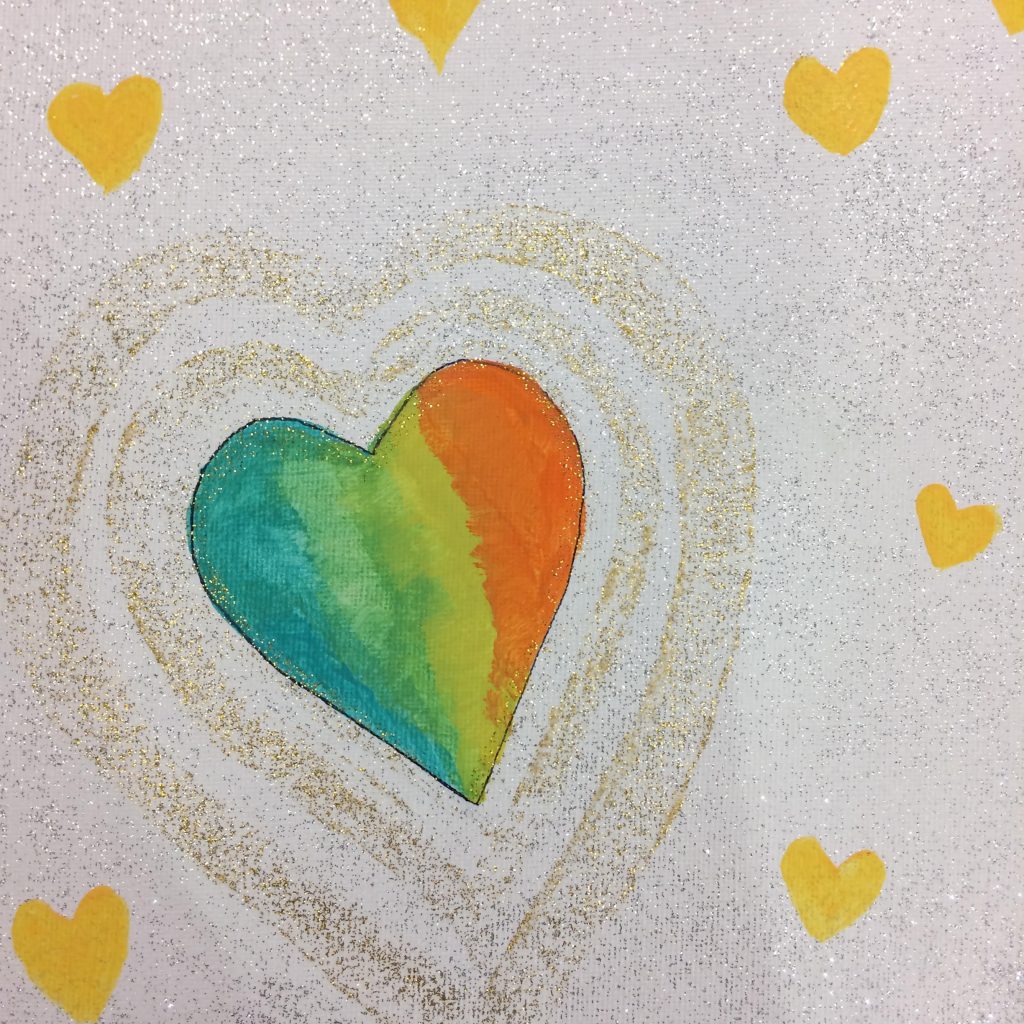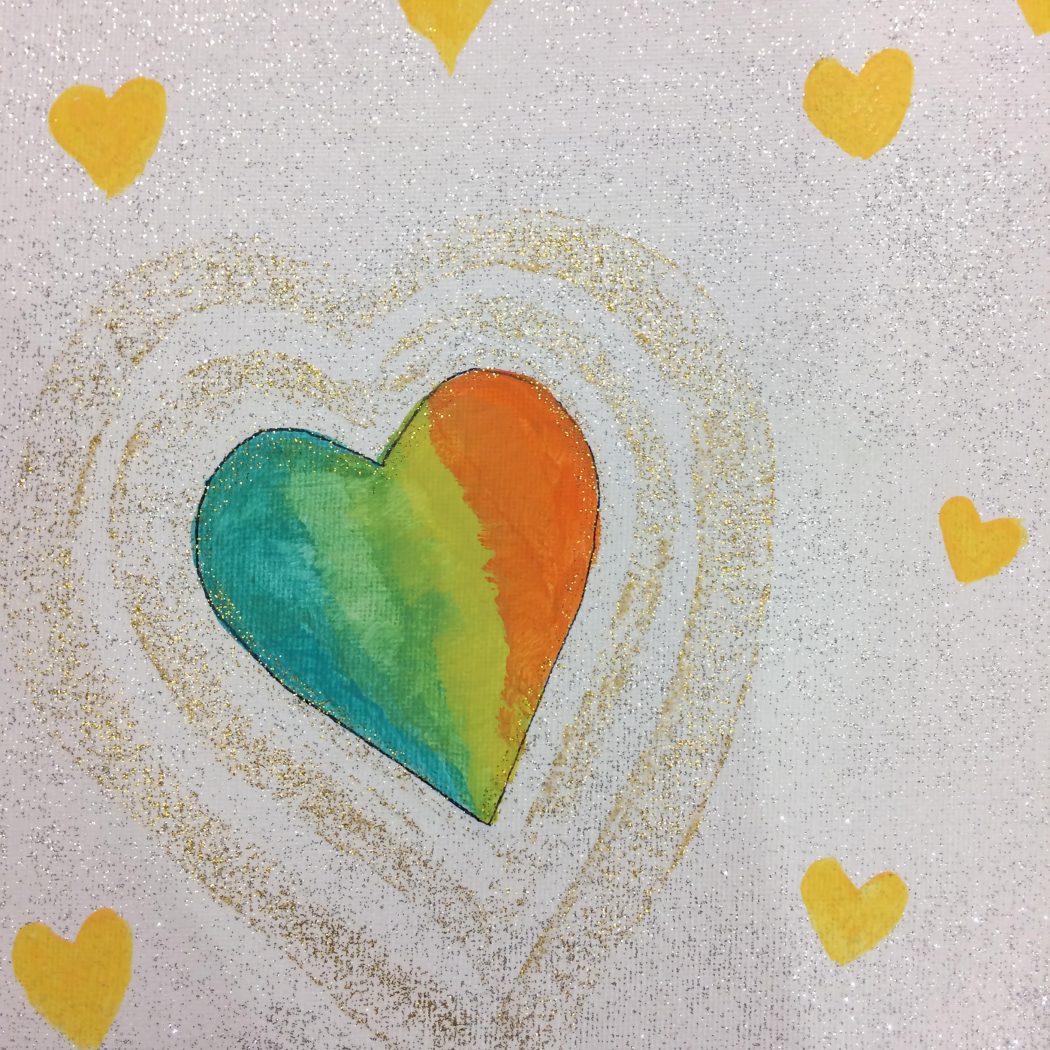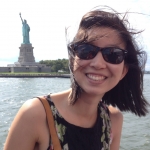How was your last experience at a conference? Did you attend a few presentations in which the language and material flew over your head? Did you find yourself fighting to stay awake after lunch on the first day? Did you ultimately decide to leave early and explore the unfamiliar city you were in, or maybe crawl into bed at the hotel and watch Netflix? I have certainly been guilty of harboring underwhelming enthusiasm for the overwhelming research and innovation at conferences and symposia (whether it be for the sciences or the humanities). Yet, this past weekend, I found myself eager to attend every talk, fervently taking down notes, and astounded by the experiences of the speakers. There was flamenco and bachata, Mozart and magic, painting and puppies, storytellers and singers, and of course, research and theory, too. This was Mayo Clinic’s third annual Humanities in Medicine Symposium.
The medical humanities are a growing interdisciplinary field that emphasize the creative arts, humanistic connection, and sustainability in the healing of individuals, populations, and communities. It is grounded in science, research, and theory across a variety of fields, and practiced as art and therapy. Indeed, there was representation from an incredible array of professions: painters, dancers, public health researchers, philosophers, scientists, film theorists, literary theorists, educators, journalists, and actors; even amongst the physician population, there was attendance by psychiatrists, primary care providers, specialists, and surgeons. All of these individuals are part of a renaissance in providing alternative care and healing in medicine.
Over the course of the two-day conference, I was inspired by the efforts of the many arts and humanities programs available at care facilities and academic institutions. The host institution, Mayo Clinic, showcased its art therapists who visit the hospital twice a week to provide projects and painting activities  for patients. While Dr. C. Standley and I painted heart-themed pieces during a breakout session, art therapist Richard Retter recounted to us how art revitalizes his patients: “They always ask me why I’m late, and I tell them I’m scheduled to start at :30, but they say they’ve been waiting since 1:00 for me! When they get together and talk to other people who are sick like they are, the sharing of their experiences and expression through art becomes a very powerful process in their healing.” Meanwhile, we could hear piano music drifting down the hall from the antrum. Volunteer pianists and musicians play every day at Mayo Clinic, and the hospital is also partnered with the Phoenix Symphony for performances (to which we were also treated during the symposium).
for patients. While Dr. C. Standley and I painted heart-themed pieces during a breakout session, art therapist Richard Retter recounted to us how art revitalizes his patients: “They always ask me why I’m late, and I tell them I’m scheduled to start at :30, but they say they’ve been waiting since 1:00 for me! When they get together and talk to other people who are sick like they are, the sharing of their experiences and expression through art becomes a very powerful process in their healing.” Meanwhile, we could hear piano music drifting down the hall from the antrum. Volunteer pianists and musicians play every day at Mayo Clinic, and the hospital is also partnered with the Phoenix Symphony for performances (to which we were also treated during the symposium).
In addition to the programs at Mayo Clinic, it was encouraging to learn about—and sometimes experience—the multitude of medical arts and humanities offerings and research from other institutions. The ASU Institute for Humanities Research is partnered with Mayo for their Medical Humanities Initiative; research delves into the theories on the origin of creativity and resilience while courses foster moral imagination (an extension of empathy) in pre-medical students. Across the country, medical schools utilize theatre/improv and partnerships with art museums to help students contextualize illness, suffering, hardships, and ideas they may have never experienced first-hand or been exposed to, stretching their imagination and perceptive ability. At the same time, these schools celebrate the diversity and skills of the providers and students in the medical and academic community through performances, artwork displays, and magazine publications such as Hofstra’s Narrateur magazine. Likewise, Dr. Hartmark-Hill gave a presentation on the many programs offered through our Department of Bioethics and Medical Humanism, including the Creative Writers’ Group, Book Club, Art in Medicine, and ChArt journal. I also learned that the UA College of Public Health hosts a Latin social dance course as an outreach project to promote community health (and we were taught the basics of bachata, too), and there was much talk about creative aging, which reinforced the skills that are taught in the Creativity in Elder Care program.
All around, the amount of effort to promote medical humanities and the community programs for healing arts was invigorating. A keynote speech given by Dr. Walter Dishell (who was previously the medical advisor for the show M*A*S*H and a medical reporter for NBC News) emphasized the power of communication with patients: “Tell a story, stress the meaning, not the details.” It is incredible to me that he makes a phone call to every patient before and after their surgeries in order to keep in touch between visits.
And then, there was Liz Lerman, the renowned dancer, choreographer, MacArthur ‘Genius Grant’ fellow, Ford Dance fellow, and all-around fantastic human being, amongst many other things. In her closing keynote, she presented her years of work teaching dance to the elderly and veterans. Her choreography tells the narrative of the dancer’s lives. One particular dance was about a man who had been a lumberjack, and of the company of elderly dancers, one person had the action of swinging the axe while everyone else had to fall down. Through practicing “falling down as a tree” over and over again, one performer who had years of difficulty with bathing could now step over the bathtub and finally take a shower independently. In another experience she recounted, she was thanked for a dance performed at a children’s hospital that put a girl to sleep, for the parents and nurses could not get the child to sleep for three days. The performance had finally brought her peaceful slumber.
It was truly magical and invigorating to witness the art of healing through alternative forms. But Liz Lerman reminded us that the purpose of healing extends beyond the bedside and hospitals. Many communities and populations need support and healing in other ways, for health and healthcare in their current states are not sustainable. As medical students, we often hear that it is an exciting time to be in medicine. Truly, the amount of medical research and advances in science have mushroomed. However, it is also an exciting time because we were recruited into this profession not only for our abilities to memorize the wealth of medical knowledge available and regurgitate it for standardized exams but also for the talents, hobbies, and skills we developed throughout our lives. We no longer need to consider these as part of our past lives or even to live separate lives as medical student and dancer/artist/writer/athlete/musician/etc. Instead, it is time to get creative and use our full skill set in our practice as healers.
Aishan Shi is a fourth-year medical student and recent MBA grad from UA COM-Phoenix. She graduated in 2013 from The University of Arizona with bachelor’s degrees in biochemistry, molecular and cellular biology, and English. Her interests include medical humanities, structural biology, Shakespeare, stuff in the realm of postmodernism, and cartoons. She aims to bring all these interests together in medicine. To contact Aishan, please email her at ashi1[at]email.arizona.edu.


